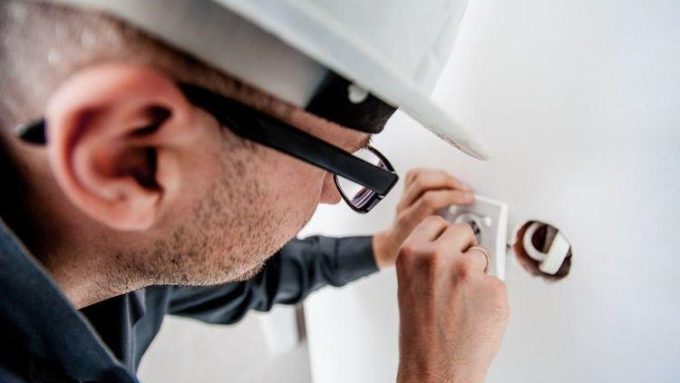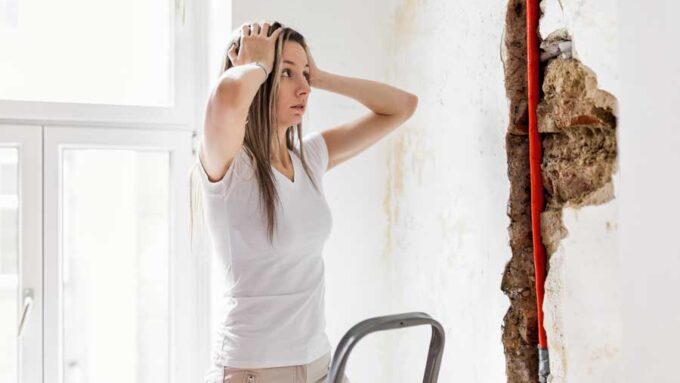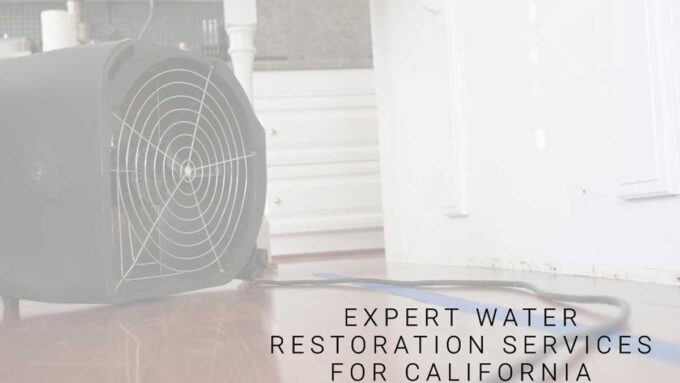This Is What You Need To Know To Buy A Generator
29 September 2017 | By RCS Cares Team | Tags: generator, power outage

Are you tired of being left in the dark during storms or worry about dealing with a power outage due to a natural disaster? If so, consider purchasing a backup power generator. You may have considered this before, but perhaps were overwhelmed with information and choices. We’ll help clear all that up for you.
This Is What You Need To Know To Buy A Generator
Size Of The Generator
Size does matter. If you are trying to power all or parts of your home during a power outage, you’ll need a generator wattage capacity that equals the load you’ll run in your home. Generator manufacturers have a wattage guide. Total up the wattage needed for all appliances, like refrigerators and washing machines, and particularly air conditioners. Also total wattage use for other devices, such as lamps and computers you want to power. You’ll need a generator wattage slightly higher than your max wattage total to run your home properly. Water heaters and air conditioners put a tremendous load on generators.
Safety Considerations With Generators
Many medical emergencies and even deaths comes from running generators improperly. The generator must be run outdoors, never indoors, and in a well-ventilated space to prevent carbon monoxide buildup. And the generator should be placed at least 10 feet away from the home.
Generators also create electrical hazards. Plug in proper three-pronged extension cords at all times, and keep cords away from puddles and pools.
Always do a test run of your generator, well in advance of when you think you’ll need to use the equipment. Start up generators regularly to ensure proper operation. You can add a gasoline stabilizer to the generator fuel tank to keep the gas from deteriorating over time while the generator is not in use.
Always allow a generator to shut down and cool off before refueling it or storing it in your garage or shed.
Portable or Built-In Generator
Permanent in-home generators run on natural gas or propane, tying in directly to your gas line. They’re much safer because they don’t run on gasoline, but they’re also much more costly and may be overkill if you only need a generator a couple of times a year. They are convenient, though. This type automatically powers up when your main power goes off. They require very little monitoring and are much quieter, so they’re ideal for areas with noise restrictions.
Most Americans have a small gas portable generator. If the power goes out, you take it outside and fire it up. These require the most monitoring.
Tags: generator, power outage
This Is Where Mold Likes To Hide
15 September 2017 | By RCS Cares Team | Tags: Black Mold, Mold, mold prevention

Ah, all those moist little hidden nooks and crannies in your home--mold loves those areas! While it is hard to completely eliminate mold growth and mold spores in your home, knowing mold’s favorite hiding places can help you wage your battle and act proactively. Mold often can’t be seen but you will usually be able to smell it, particularly if you’ve been away from home for a while and your home has been closed up and airtight.
Moisture And Mold
Where does it hide? As a fungus, mold likes damp, warm locations, and it can survive year round, indoors or out. Mold releases spores into the air, and when they land on a humid spot, the mold grows like gangbusters.
Showers And Baths
Showers and bathtubs are the usual culprits, and any leaky sink or pipe can be a haven for mold, so be sure to look in these moist areas for any mold growth.
Closer To The Outdoors, Farther From Living Spaces
Basements are always a mold breeding ground. Be sure to inspect walls, floors, pipe areas and crawlspaces where mold loves to hide.
Also be sure to look around windows, not just in your basement, but in your entire home. Moisture condenses around windows, and mold can easily grow in the crevices and on windowsills.
Attic spaces are another breeding ground for mold.
Look around hot water heaters, piping and exposed insulation for mold.
Mold In The Laundry?
You probably think of your washing machine as a clean machine, but think again. Mold can easily grow inside. Leave the washer door open to dry out, or run a bleach cycle or washing machine cleaner through a cycle to prevent and/or eliminate mold.
Not The Fridge!
Refrigerators are another mold magnet. Look on the gaskets, drip pans and water dispenser for mold, particularly if you have a refrigerator in a non-climate controlled area like a garage or outdoor space.
Carpet
Carpeting can also be a breeding ground for mold, particularly carpet in wet areas like bathrooms, mud rooms or outdoor sun rooms where there is more moisture. Mold can easily grow underneath a carpet or even the carpet pad. If you have allergies, think about non-carpet flooring for these wet areas and even for your bedroom.
In The Walls
Mold can easily hid on drywall, particularly on the backside of drywall that is facing a wet area or exterior exposed wall. Likewise, mold can get behind paneling or wallpaper in wet rooms, and can even form on inside walls and wood framing where condensation is a problem. Mold can particularly get inside ductwork very easily and spread throughout your entire home.
You can sometimes see mold, but when you can't, you can smell it - it’s that musty odor that gives you the first clue. If you suspect mold, give a professional a call. A professional test is the only way to determine the exact mold you have. Then, we will help you get rid of it.
Tags: Black Mold, Mold, mold prevention
4 Major Signs of Electrical Problems in Your Home
01 September 2017 | By RCS Cares Team | Tags: electric, electrical, Fire, hazards, house fires

Any homeowner will tell you that electrical problems are no joke. They are difficult to detect, costly to repair and can be extremely dangerous.
Because all wiring is done within the walls of our home, we usually have to rely on our senses alone to identify potential electrical issues. On the bright side, if you know the signs, you can catch electrical issues early and work fast to resolve them.
4 Major Signs of Electrical Problems in Your Home
Frequently Tripping Circuit Breakers
Modern homes are equipped with circuit breakers, which are replacing the archaic fuse boxes. These are a safer and more convenient option, because if a circuit breaks, it only takes a flip of a switch to get things going again.
However, an increase in how often you need to reset your circuit breakers could be a sign that you’re overloading the circuit’s safety capacity or you may have a short in your wiring. Either way, it could lead to major issues if left unchecked. Contact an electrician to diagnose the issue.
Flickering Lights
Flickering lights may be great for haunted houses, but you don’t want them in your home. In most cases, the issue may lie with the fixture itself - maybe it’s old or needs a replacement bulb.
Continued flickering after the bulb or light has been replaced could indicate a problem with your wiring. A licensed electrician will be able to detect and repair the electrical issue.
Shaking Appliances
Many appliances are designed to make their need for electricity discreet. If it becomes obvious that a lamp or appliance is plugged in that could indicate a problem with your wiring.
Some signs to look out for are slight buzzing, shaking or shock when you turn the appliance on. You can try testing the lamp or appliance in another outlet - if the same issues occur, it’s a strong indication there’s an electrical problem that needs to be examined.
Burning Odors
If you start smelling burning plastic or vinyl, turn your breaker off immediately and contact an electrician. The odor usually indicates a significant issue with your wiring or possibly an electrical fire.
Detecting early signs of an electrical issue could save your home from major damage. If you experience any of the above issues in your home, contact a licensed electrician that’s trained in diagnosing and repairing electrical problems.
Tags: electric, electrical, Fire, hazards, house fires








